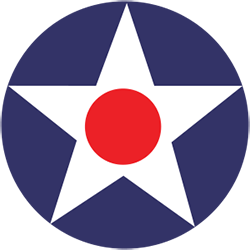Wild_Bill_Kelso
Senior Master Sergeant
- 3,231
- Mar 18, 2022
Not saying it can' be true, just saying it's amazing that such a lightly armed aircraft with very modest performance can do so well, he F4U had such a performance advantage it should have been able to cruise in at near the Ki-43's top speed and engage and disengaged at it's choosing, likewise the Oscar could neither catch nor run away from the Corsair, it makes you wonder what tactics or situation the Corsairs were in that allowed the Oscars to get an advantage.
To be clear, the Corsair stat was against A6M, probably A6M5 which is a bit faster than the Oscar II (and better armed)

